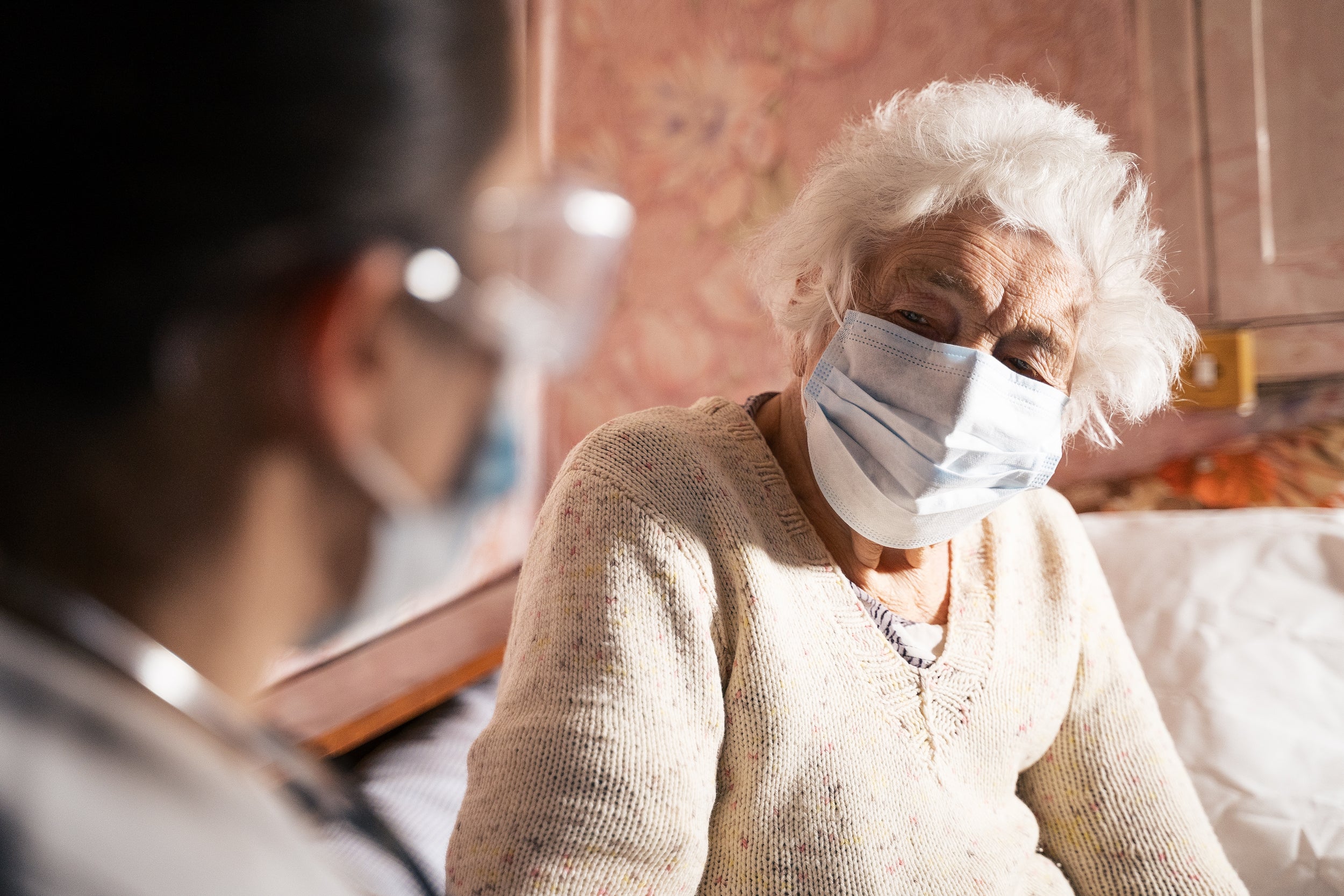
Adhering to social distancing guidelines, I placed the bag on the doorknob, knocked three times loudly, and quickly stepped back six feet
Nothing.
I knocked once again and placed my ear by the door. The faint sound of footsteps informed me that “Mr. Roberts” (a pseudonym) was making his way to the door, hindered by the shuffling gait caused by his Parkinson’s disease. He opened the door and thanked me for the meal, but as usual, did not opt to say goodbye immediately. Instead, he lingered at his door and asked me about my plans for the weekend. As my mask was on, he could not read my lips to accommodate his hearing loss, so my emotive hands and eyes had the job of conveying that the banana bread I had baked for the sixth time this week was not up to par. Unbeknownst to me at first, my poor attempts to crack jokes about my lack of baking acumen were the only social interaction Mr. Roberts would have until his next Meals on Wheels delivery on Monday.
Amidst the amalgamation of stay-at-home orders, senior centers closing, and nursing homes preventing visitors, the number of older adults experiencing loneliness has skyrocketed. It is true that the loneliness of older adults like Mr. Roberts has been exacerbated by the COVID-19 crisis; however, it is important for us to understand that when our own stay-at-home orders are lifted, we will be free. But what about isolated older adults like Mr. Roberts? In our case, while the order comes from government officials concerned for our safety, older adults are prescribed to stay at home by their limited mobility and a lack of social support. Their lack of mobility, transportation and social support does not subside with the pandemic. There is no vaccine, or “be-all, end-all” for social isolation and loneliness in older adults. In fact, 16.8 percent of older adults are homebound. Their stay-at-home order is permanent.
But the extent of social isolation among older adults, even before the stay-at-home orders, is not all that has been uncovered by the pandemic. It has exposed everyone to the feelings and frustration that come with social distancing and a lack of social contact. As all individuals across all generations have remained at home, many vibrant social connections have been formed—especially ones that emphasize the intricacy of the intergenerational relationship. Throughout the country, socially distanced young adults and older adults have formed connections because of similar feelings of isolation. Many senior centers and nursing homes have promoted friendly conversations between students and older adults. These conversations have formed relationships that will most likely live past the pandemic and stay strong for years to come.
These grassroots, mutual aid interventions are often inexpensive and highly impactful in providing social support for older adults. The barriers to these interventions are often logistical, such as a lack of technological access for older adults or a lack of organizational help in forming these connections. Such issues can often be solved with time and attention from members of our community. Whether we cross the barriers by advocating for the distribution of technological devices to older adults who are homebound, offering community and college-based initiatives to bring these two generations together, or spreading awareness of the long-lasting stay-at-home orders that some older adults are exposed to, the result is a society that is accommodating to a human’s need for social support and interaction.
The “cure” for the loneliness epidemic that Mr. Roberts and many other older adults are facing is truly community-based. It is imperative we use whatever privilege we have, whether that is our knowledge of this loneliness epidemic that exists or our access to technology, to help the older adults around us have a voice in our society, rather than eliminate it entirely. By keeping these conversations going beyond the pandemic, not only does Mr. Roberts receive the social support that he deserves, but I also receive the wisdom and advice that Mr. Roberts takes the time to tell me.
I am looking forward to the day that Mr. Roberts and I can speak with each other without my flailing arms having to communicate my emotions or the active fear of infecting each other. Until then, our conscious efforts to support each other emotionally during this pandemic and this loneliness epidemic is a powerful connection that will last us through this crisis and beyond.
I wish to note my profound gratitude to Dr. Andrea Wershof Schwartz, not only for her guidance and support in the writing this article, but also her compassionate mentorship in the field of geriatrics and beyond.



